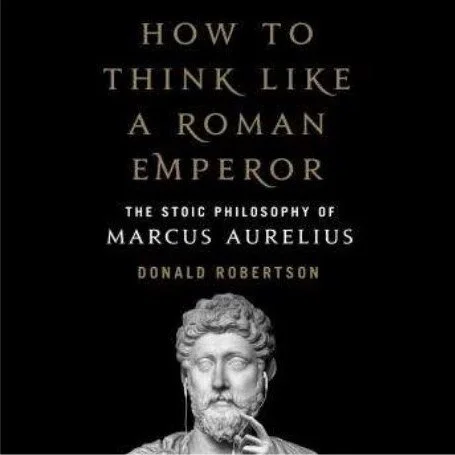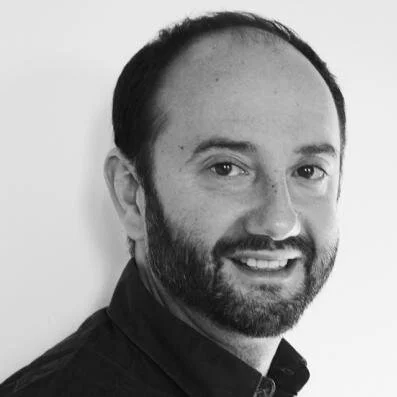Championing Gender Equality in Hollywood: TEMA STAIG, ALLISON VANORE - Women in Media - Highlights
/Tema Staig · Women in Media Executive Director & Art Director
Allison Vanore · WIM Secretary & Emmy-Winning Producer of After Forever
I started Women in Media in 2010 as a sort of community group. We talked about women above and below the line because there weren’t any organizations or conversations really happening about women in the below the line positions, meaning women in the crew who are in the camera, art, grip and electronics departments. There were only conversations happening about more women directors and, being a scenic artist and production designer, I knew that there are so many women in the crew and there’s only one director. So if we only aimed for one, we would never get to parity and there would never be room like myself who wanted to advance from these crew positions.



















